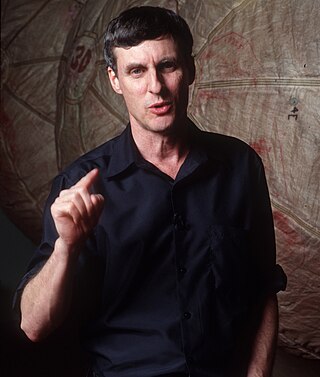
Steven Weldon Squyres is an American geologist and planetary scientist. He was the James A. Weeks Professor of Physical Sciences at Cornell University in Ithaca, New York. His research area is in planetary sciences, with a focus on large solid bodies in the Solar System such as the terrestrial planets and the moons of the Jovian planets. Squyres was the principal investigator of the Mars Exploration Rover Mission (MER).

Dafydd Rhys "David" Williams is a Canadian physician, public speaker, author and retired CSA astronaut. Williams was a mission specialist on two Space Shuttle missions. His first spaceflight, STS-90 in 1998, was a 16-day mission aboard Space Shuttle Columbia dedicated to neuroscience research. His second flight, STS-118 in August 2007, was flown by Space Shuttle Endeavour to the International Space Station. During that mission he performed three spacewalks, becoming the third Canadian to perform a spacewalk and setting a Canadian record for total number of spacewalks. These spacewalks combined for a total duration of 17 hours and 47 minutes.

Michael Landon Gernhardt is a NASA astronaut and manager of the Environmental Physiology Laboratory, and principal investigator of the Prebreathe Reduction Program (PRP) at the Lyndon B. Johnson Space Center.

Rex Joseph Walheim is a retired United States Air Force officer, engineer and NASA astronaut. He flew three Space Shuttle missions, STS-110, STS-122, and STS-135. Walheim logged over 566 hours in space, including 36 hours and 23 minutes of spacewalk (EVA) time. He was assigned as mission specialist and flight engineer on STS-135, the final Space Shuttle mission.

Paul Sean Hill was the Director of Mission Operations at the NASA Lyndon B. Johnson Space Center in Houston, Texas. He was formerly a Flight Director in the Mission Control Center for Space Shuttle and International Space Station missions under the call sign "Atlas".
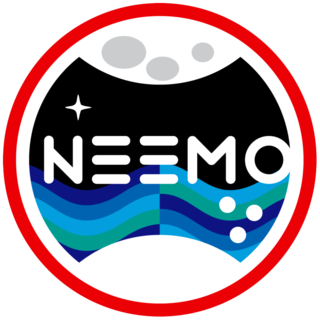
NASA Extreme Environment Mission Operations, or NEEMO, is a NASA analog mission that sends groups of astronauts, engineers and scientists to live in the Aquarius underwater laboratory, the world's only undersea research station, for up to three weeks at a time in preparation for future space exploration.
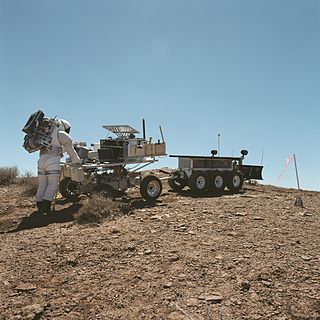
NASA's Desert Research and Technology Studies is a group of teams which perform an annual series of field trials seeking to demonstrate and test candidate technologies and systems for human exploration of the surface of the Moon, Mars, or other rocky bodies.

Takuya Onishi is a Japanese astronaut who was selected for the Japan Aerospace Exploration Agency (JAXA) in 2009. He spent four months on board the International Space Station in 2016.

Josef F. Schmid is a German-American physician, NASA flight surgeon and a major general in the United States Air Force Reserves. He served as an aquanaut on the joint NASA-NOAA NEEMO 12 underwater exploration mission in May 2007. On 8 October 2021 he became one of the first humans to be Holoported off the planet and into space, visiting the International Space Station by telepresence.
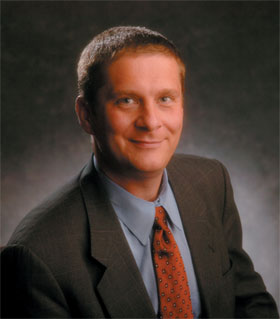
Timothy J. Broderick, F.A.C.S., is Professor of Surgery and Biomedical Engineering at the University of Cincinnati, where he has served on the faculty since 2003. He also serves as Chief of the Division of Gastrointestinal and Endocrine Surgery and is Director of the Advanced Center for Telemedicine and Surgical Innovation (ACTSI). He has flown on the NASA KC-135 parabolic laboratory and dived in the NASA Extreme Environment Mission Operations (NEEMO) program to develop advanced surgical technologies for long duration space flight.
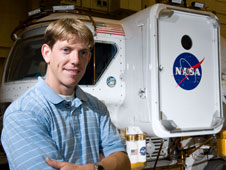
Dr. Andrew Frank Jorgensen Abercromby is a scientist and biomedical engineer who designs and tests spacesuit systems and exercise countermeasures for future exploration of the Solar System. He is employed by NASA as Lead of the Human Physiology, Performance, Protection & Operations (H-3PO) Laboratory at Johnson Space Center in Houston, Texas. As an aquanaut, Abercromby served as a member of the NASA Extreme Environment Mission Operations 14 crew. Abercromby has more than fifteen years of experience working in the Human Health and Performance (HH&P) and Engineering Directorates at the Johnson Space Center. He is married with two daughters.
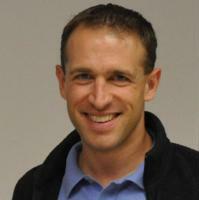
Christopher E. Gerty is an American aerospace engineer who worked on NASA's Constellation Program. Gerty is an advocate of NASA's Open Government Initiative and is a leading voice on the concept of participatory exploration and collaboration. He has fifteen years of experience working on complex, technology-intense projects at NASA. Gerty served as an aquanaut on the NASA Extreme Environment Mission Operations 13 crew.

William Laurence Todd is a Project Manager for Exploration Analogs at NASA's Johnson Space Center (JSC) in Houston, Texas. He has also served as a NASA Undersea Research Team Project Lead and Spaceflight Training Simulation Supervisor at NASA JSC. Todd is a veteran Aquanaut of 5 missions. In 2001, he commanded the first NASA Extreme Environment Mission Operations (NEEMO) mission, a joint NASA-NOAA program to study human survival in the Aquarius underwater laboratory in preparation for future space exploration.
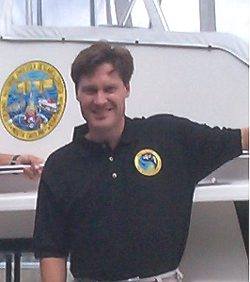
Marcum "Marc" Reagan is a Station Training Lead in Mission Operations at NASA's Johnson Space Center in Houston, Texas. He leads a team of instructors who together are responsible for developing and executing complex simulations for International Space Station (ISS) assembly and operations. Reagan also serves as an ISS "Capcom" from Mission Control, communicating with ISS astronauts in orbit. In May 2002, Reagan served as an aquanaut on the NASA Extreme Environment Mission Operations 2 crew. He subsequently served as Mission Director for multiple NEEMO missions.
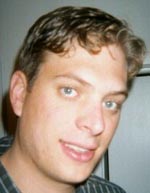
Jonathan Robert Dory is a Human Systems Integration Lead at NASA's Johnson Space Center (JSC) in Houston, Texas. He is Branch Chief of NASA's Habitability and Human Factors Branch, part of the Habitability and Environmental Factors Division at NASA/JSC. Dory supports crew safety and productivity on the International Space Station (ISS) Program by planning and assessing the on-orbit interior configuration of ISS, as well as performing anthropometric analysis of crew tasks. He contributes to the integrated operation of the Space Station while using 3D computer graphics and animation software as part of his daily work. In July 2002, Dory served as an aquanaut on the NASA Extreme Environment Mission Operations 3 crew.
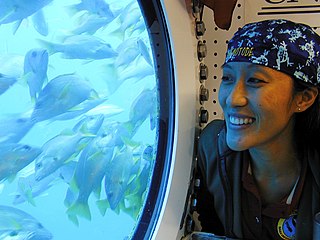
Emma Y. Hwang is a scientist with Wyle Laboratories. She served as an aquanaut on the NASA Extreme Environment Mission Operations 5 crew in June 2003.

Tara Melaine Ruttley is Associate Chief Scientist for Microgravity Research at NASA Headquarters in Washington, DC. Prior to this, she was Associate Program Scientist for the International Space Station (ISS) at NASA's Johnson Space Center in Houston, Texas. Until 2007, she was lead hardware engineer for the ISS Health Maintenance System, leading a team of engineers whose job was to provide reliable medical equipment that kept astronauts healthy in orbit. She subsequently served as the lead hardware engineer for the ISS Human Research Facility. She served as an aquanaut on the NASA Extreme Environment Mission Operations 6 crew in July 2004.

SEATEST II, an acronym for Space Environment Analog for Testing EVA Systems and Training (number two), is a NASA underwater mission, formerly known as NEEMO XVII, in the Aquarius underwater laboratory in preparation for future space exploration. The objectives for this exercise are largely focused on the evolution of EVA (extravehicular activity) tools, and maturing some technologies that could have implications for the ISS and future exploration missions (MED and JITT delivery.)

Hervé Stevenin is a European aquanaut leading ESA Neutral Buoyancy Facility Operations and the EVA Training Unit at the European Astronaut Centre (EAC) in Cologne, Germany. He served as an aquanaut on the NASA Extreme Environment Mission Operations 19 crew.
The Ann and H.J. Smead Department of Aerospace Engineering Sciences is a department within the College of Engineering & Applied Science at the University of Colorado Boulder, providing aerospace education and research. Housed primarily in the Aerospace Engineering Sciences building on the university's East Campus in Boulder, it awards baccalaureate, masters, and PhD degrees, as well as certificates, graduating approximately 225 students annually. The Ann and H.J. Smead Department of Aerospace Engineering Sciences is ranked 10th in the nation in both undergraduate and graduate aerospace engineering education among public universities by US News & World Report.




















